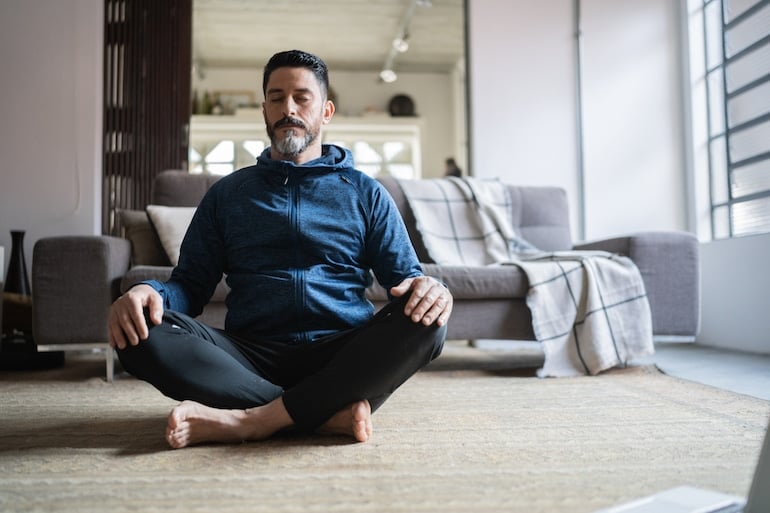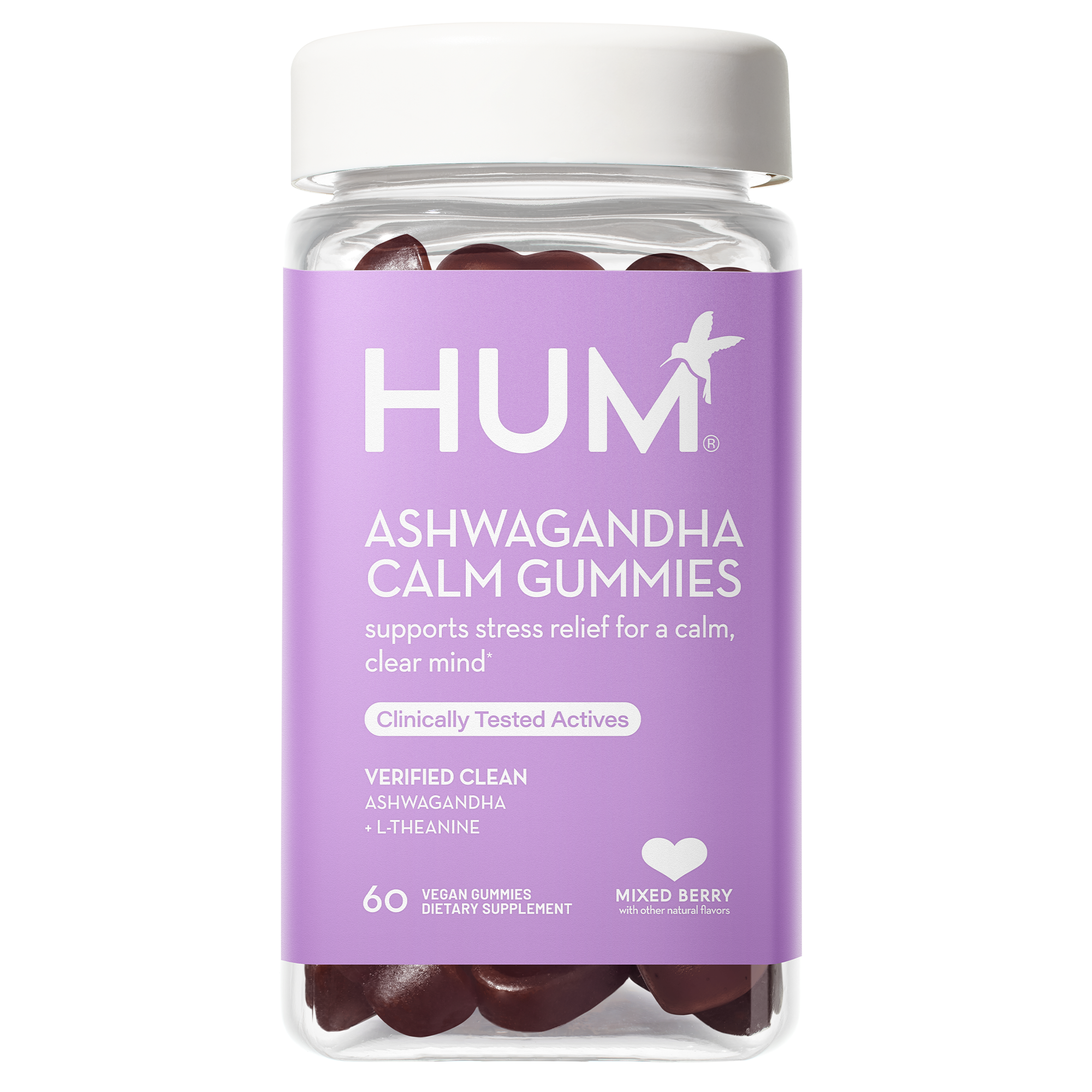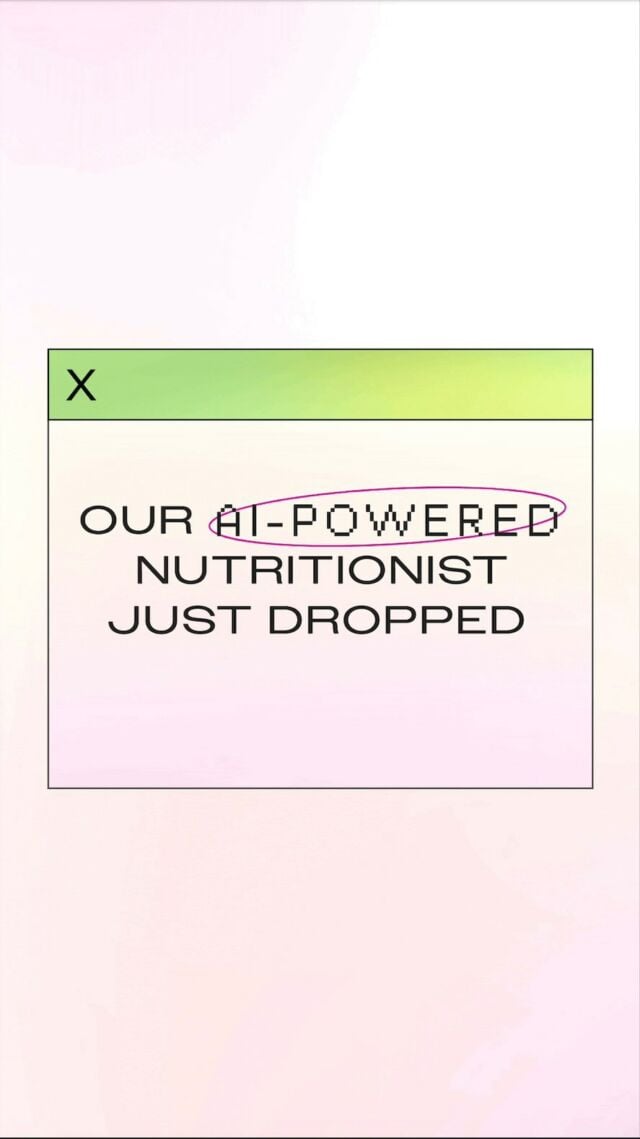Dealing with travel stress? Butterflies before a big event? Panicked over a presentation? Your breath can help. The 4-7-8 breathing method is a technique that can reduce stress quickly and bring you back to a state of calm.
The terms breathwork and meditation can feel daunting. While they’re worthy, science-backed practices that are great additions to your stress reduction toolkit, learning something new can feel hard. But I’m going to let you in on a little secret: You don’t need an app, class, or teacher to get started right now. Seriously.
Years ago, a certified health coach taught me an easy breathing exercise that I’ve been using ever since for situational anxiety. I’ve found it particularly helpful for calming my nervous system when I’m sitting in traffic on the way to the airport, before a performance, or before trying something new and scary. If you add one mindfulness exercise to your routine, make it 4-7-8 breathing.
What is The 4-7-8 Breathing Method?
The 4-7-8 breathing method is a breathwork technique popularized by integrative medicine practitioner Andrew Weil, MD and inspired by yogic pranayama breathing. It involves changing your natural breathing pattern to consciously inhale and exhale at a specific ratio. According to Dr. Weil, this technique, when practiced regularly, can lower heart rate and blood pressure, improve digestion, and help with anxiety.
As with other breathwork, the idea is to activate your parasympathetic nervous system and calm down the fight-or-flight response you feel when you’re stressed, anxious, or overstimulated. When the parasympathetic nervous system, or rest-and-digest system, is activated you’ll feel your heart rate and breathing slow down and any butterflies you feel in your stomach will ease.
How to Do 4-7-8 Breathing

You can do 4-7-8 breathing method whenever and wherever you are, in any position that works for you by following these easy steps:
- Inhale through your nose for a nice and slow count of four.
- With your lungs expanded, hold for a count of seven.
- Exhale through your mouth for an even count of eight.
That’s it! Repeat this exercise for 3-4 more cycles. You can use it as frequently as you need throughout your day.
Dr. Weil recommends placing the tip of your tongue right where your teeth and pallet meet as you inhale and making a “whoosh” sound while you exhale. If that’s not comfortable for you, you can modify it.
You can also make the practice your own by closing your eyes, sitting in a comfortable position, or lying down. While I like using this exercise as stressful situations arise, you can also incorporate it into your everyday routine, such as before you go to bed. (In fact, it may even calm your body down so you can fall asleep faster.)
Benefits of 4-7-8 Breathing

While there haven’t been studies conducted on the effectiveness of this breathing pattern specifically, there is research to back up the benefits of breathwork.
A 2018 literature review of 15 studies on the effects of slow breathing techniques (defined as less than 10 breaths per minute) found the practice increased heart rate variability, which can be an indicator of a balanced nervous system. Other measures indicated increased comfort, relaxation, pleasantness, vigor and alertness, and reduced symptoms of arousal, anxiety, depression, anger, and confusion.
While you can still experience an immediate benefit without a long-term practice, when people were randomly assigned to either 20 sessions of breathwork over eight weeks or a control group, those that practiced deep breathing at a respiratory rate of 4 breaths/min (which equate to roughly three cycles of 4-7-8 breathing) improved their sustained attention and reduced levels of cortisol, the stress hormone.
A July 2020 study out of Yale even found that breathing exercises may be more effective at reducing stress than mindfulness-based stress reduction or emotional intelligence training. So, if you’re not big on meditation anyway, the 4-7-8 breathing technique could be a great tool for you.
More Breathwork Techniques to Try
Of course, 4-7-8 breathing isn’t the only way to practice breathwork. There are tons of other breathing exercises you can try if you like to switch things up or find that this one isn’t the right one for you.
Shanila Sattar, founder of Flow Breathwork Facilitator Training and author of Breathe, actually recommends a variation called 6-7-8 breathing, which involves a longer inhale. The trick here is that Sattar uses seconds rather than “counts,” so if you prefer a more precise method, you may like her hack.
“The body needs a full inhalation (which 6 seconds of breath gives) in order to be able to release CO2 in an effective way, by exhaling for 8 seconds,” she explains. “Equalizing the length of inhales and exhales reduces excess CO2 build up in the cells and prevents rushing through the 8-second exhale,” she says.
If you rush your exhale, you could unwittingly activate the sympathetic nervous system, which and can lead to hyperarousal. Whether you’re trying the 4-7-8 breath or 6-7-8 breath, the trick is not to rush.
“This breathwork technique helps relax the body into a parasympathetic state, relieve stress, calm thoughts, improve concentration and focus, and slow down anxious responses,” explains Sattar.
4-7-8 Breathing Method FAQs
What is the 4-7-8 breathing method?
The 4-7-8 breathing method is a technique where you inhale for 4 seconds, hold for 7 seconds, and exhale for 8 seconds to promote relaxation and reduce stress.
How do I practice 4-7-8 breathing?
Inhale through your nose for 4 seconds, hold your breath for 7 seconds, then exhale slowly through your mouth for 8 seconds. Repeat this cycle 3-4 times.
Can 4-7-8 breathing help with anxiety?
Yes, it activates the parasympathetic nervous system, which can help reduce feelings of anxiety and stress by calming the body.
How often should I practice 4-7-8 breathing?
You can practice 4-7-8 breathing as often as needed throughout the day, especially during stressful situations or before bed to aid sleep.
Does the 4-7-8 method have any scientific backing?
While studies on 4-7-8 breathing specifically are limited, research supports the benefits of deep breathing techniques in reducing stress and improving heart rate variability.
Looking for more? Check out another easy breathing technique we love, call square breathing, or box breathing.









